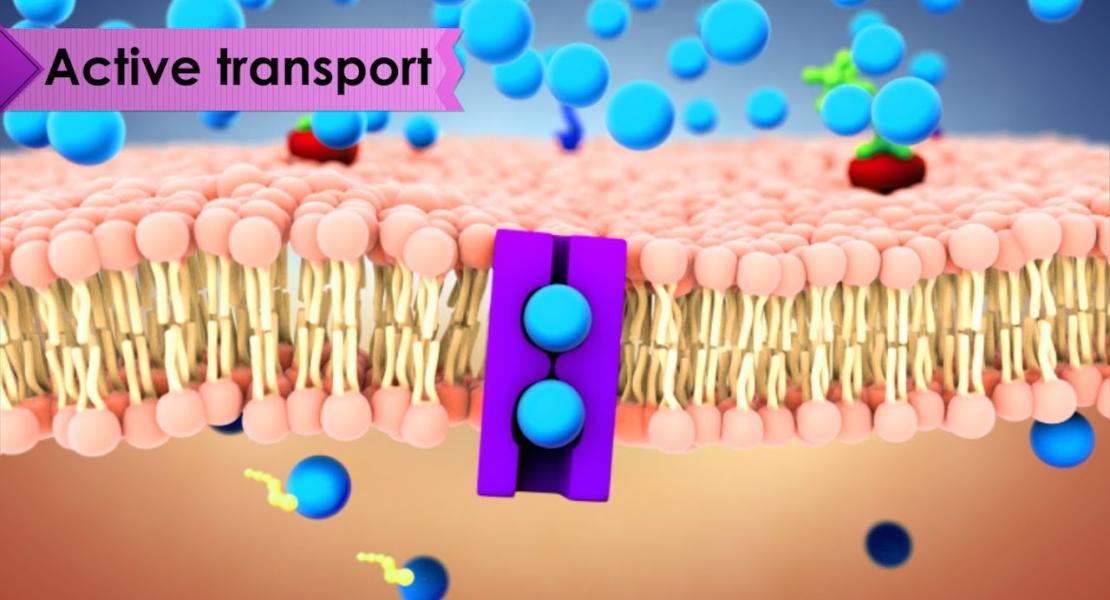Exosomal MicroRNA Transport from Salivary Mesenchyme Regulates Epithelial Progenitor Expansion during Organogenesis
Authors
01-18-2017
12:00pm
PST

Abstract
Epithelial-mesenchymal interactions involve fundamental communication between tissues during organogenesis and are primarily regulated by growth factors and extracellular matrix. It is unclear whether RNA-containing exosomes are mobile genetic signals regulating epithelial-mesenchymal interactions. Here we identify that exosomes loaded with mesenchyme-specific mature microRNA contribute mobile genetic signals from mesenchyme to epithelium. The mature mesenchymal miR-133b-3p, loaded into exosomes, was transported from mesenchyme to the salivary epithelium, which did not express primary miR-133b-3p. Knockdown of miR-133b-3p in culture decreased endbud morphogenesis, reduced proliferation of epithelial KIT+ progenitors, and increased expression of a target gene, Disco-interacting protein 2 homolog B (Dip2b). DIP2B, which is involved in DNA methylation, was localized with 5-methylcytosine in the prophase nucleus of a subset of KIT+ progenitors during mitosis. In summary, exosomal transport of miR-133b-3p from mesenchyme to epithelium decreases DIP2B, which may function as an epigenetic regulator of genes responsible for KIT+ progenitor expansion during organogenesis.
